To say women and pants have had a complicated relationship would be an understatement.
As Cassidy Zachary, a fashion historian and co-host of the “Dressed” podcast, told HuffPost, “In Western European and American society, pants are one of the most gendered garments in history.”
But, she said, “it wasn’t always that way.”
Pants have long been ― and often still are ― more associated with men, and subsequently, power. But for centuries, women have been breaking convention by wearing pants at times when they weren’t considered acceptable women’s attire. They were shamed, ridiculed and even arrested for wearing them. Both the United States and France had laws in place that made it illegal for women (and men) to go out in public wearing clothes that didn’t “belong to his or her sex.”
Today, nearly all cultures and religions are accepting of women wearing pants, save a few, but it’s taken a while to get here.
Let’t go all the way back to the 14th and 15th centuries.
Up until this time period, men and women in Western society were essentially wearing the same thing: long robes, or what we would call a dress, according to Zachary.
Throughout the 14th and 15th centuries though, men’s robes began to shorten, revealing more and more of their hose. Eventually, Zachary said, the tunic-like robe became shorter and shorter, and men were left wearing their hose ― connected to a codpiece, which covered their genital area ― as the outer garments. This garment would go on to evolve into what we now identify as pants, she added.
Women, on the other hand, were still wearing long skirts during this time.
Fast forward to the 1800s ...
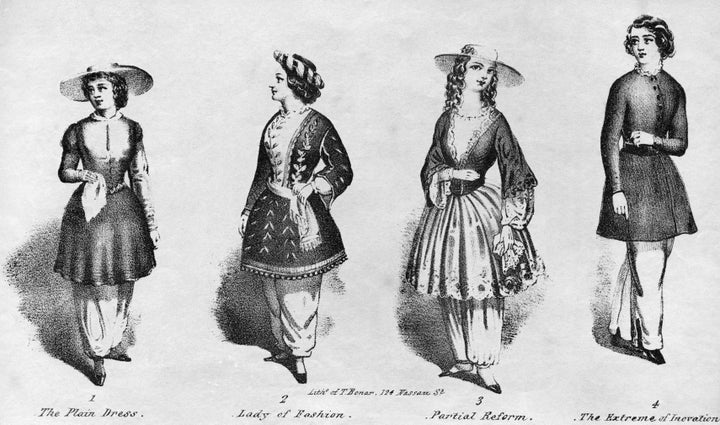
... and we start seeing a more clearly defined line between men’s and women’s clothing, Zachary said. In fact, she added, there was a law on the books in France making it illegal for both men and women to wear clothing that was not “societally assigned to their gender.” (It was technically still illegal for women to wear trousers in France up until 2013, though the law wasn’t enforced for decades.)
To put it more bluntly, in the early 1800s, wearing pants just wasn’t something women did, Lisa Santandrea, an adjunct professor of fashion history at Parsons The New School, told HuffPost.
In this time period, womenswear in America was typically less about function and more about accentuating the curves of the body. Wardrobe staples included dresses or long skirts with blouses, corsets, petticoats and steel hoops or cages, which were meant to be worn under skirts for added volume, as noted by Molly Steckler in The Saturday Evening Post. These garments made even simple tasks, like sitting down, quite difficult.
In the 1850s, we see the emergence of bloomers.
In 1851, a woman named Elizabeth Smith Miller became one of the first women to give pants a try publicly. She was inspired by women in Europe who were wearing “Turkish trousers” under knee-length skirts; in America, they became known as bloomers. Aside from their name, they aren’t all that different from a typical pair of trousers. They featured a loose silhouette and were gathered at the waist and ankles.
American women’s rights activists like Elizabeth Cady Stanton, Susan B. Anthony and Amelia Bloomer, with whom bloomers would largely become associated, followed suit. Bloomer championed bloomers by writing about them in her feminist newspaper, and encouraged other women to wear them too.
Bloomers represented a sense of freedom in dressing that women didn’t really experience up until that point. They also made it easier for women to participate in activities like cycling, which men had been doing for years.
“These women just wanted a functional garment that they could wear to better their lives,” Zachary said.
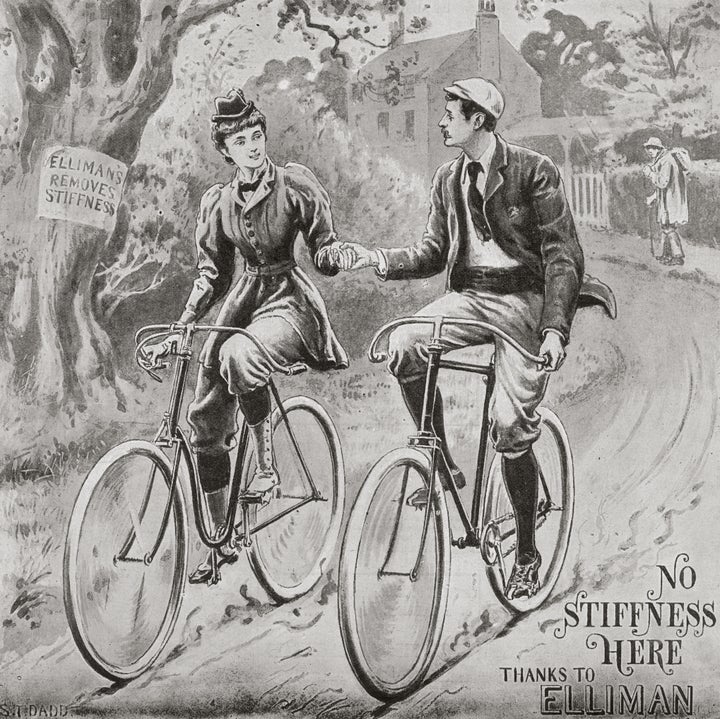
“When the bloomers happened, of course women who were interested in living a comfortable and active life were very thrilled about [them],” Santandrea said, “but there was such a heavy backlash against them.”
Women who chose to wear this new style were ridiculed and shamed by society. And while the act of wearing pants wasn’t necessarily illegal everywhere, some women might have faced major repercussions if spotted wearing them. “For example, newspapers reported that women wearing the infamous Bloomer costume of the 1850s were arrested in New York City,” Sara Idacavage, fashion historian and instructor at Parsons School of Design and Pratt Institute, told HuffPost.
“The reason for their arrest was attributed to them doing ‘indecent acts’ instead of being based on wearing the actual garment,” Idacavage added. “In other words, the garment itself wasn’t necessarily seen as breaking the law, but it was assumed that any women who wore them was probably up to no good and should be arrested anyways.”
In the 1900s, women’s pants appear on high-fashion runways and made their way into casual settings.
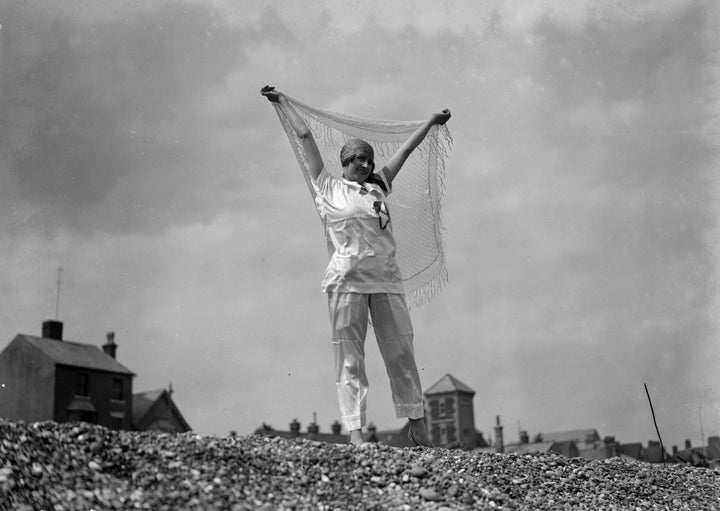
One of the most notable designers to incorporate pants for women into his collections was the French couturier Paul Poiret, Idacavage said. He designed what were known as “jupe-culottes,” or harem pants ― they resembled Middle Eastern attire, Zachary noted ― and debuted them around 1911.
“They were only worn by the most daring of fashion followers,” Idacavage added.
In the 1920s, we saw the emergence of beach pajamas, an early form of resort wear. It was still edgy for women to wear pants, Santandrea said, but it was a little more accepted for casual activities, like a day at the beach. Some women also adopted lounging pajamas as part of their at-home attire, she noted.
Around the same time and into the 1930s, actresses like Marlene Dietrich and Katharine Hepburn began wearing pants on a more regular basis. Thanks to women like Dietrich and Hepburn, new types of women were “entering into the social conversation and some of them wore pants, [which] helped to normalize the idea.”
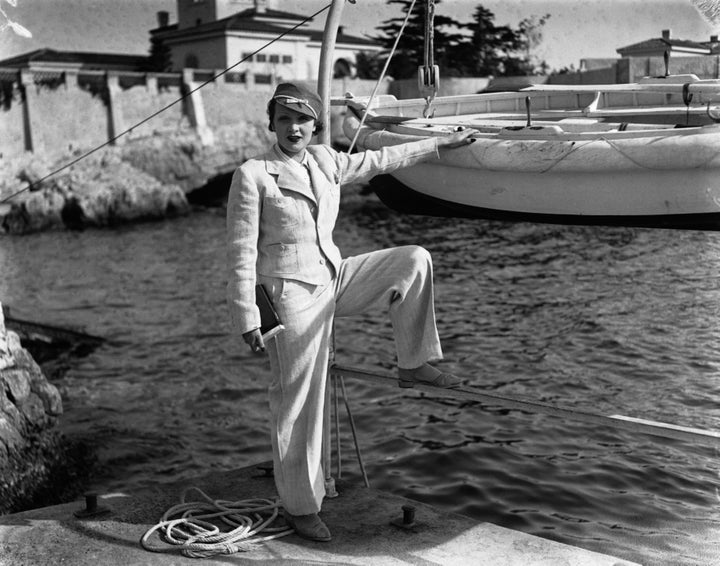
But even though pants were becoming more acceptable as casual attire, it still wasn’t acceptable for the average woman to wear them as an everyday wardrobe staple, Zachary said.
Women were still punished for wearing pants in certain settings. For example, Zachary pointed to school teacher named Helen Hulick. In 1938, Hulick went to court to testify as a witness in a burglary case. She wore slacks for the occasion, prompting the judge to send her home and order her to return on another date wearing a dress. She returned on two separate occasions wearing her pants, which eventually led to a five-day jail sentence.
As we moved into the World War II era, more women began wearing pants as they entered the workforce to fill in for their husbands who’d gone away to fight. Their clothing needed to be functional, Santandrea said.
Then we come to the 1950s, the era of Dior’s New Look, and pants lose some ground.
Santandrea explained that Dior’s New Look, with the cinched waist and full-skirt silhouette “was really the antithesis of pants.”
“Dior wanted women to look like flowers, so he was putting them back into this very formalized way [of dressing],” she added.
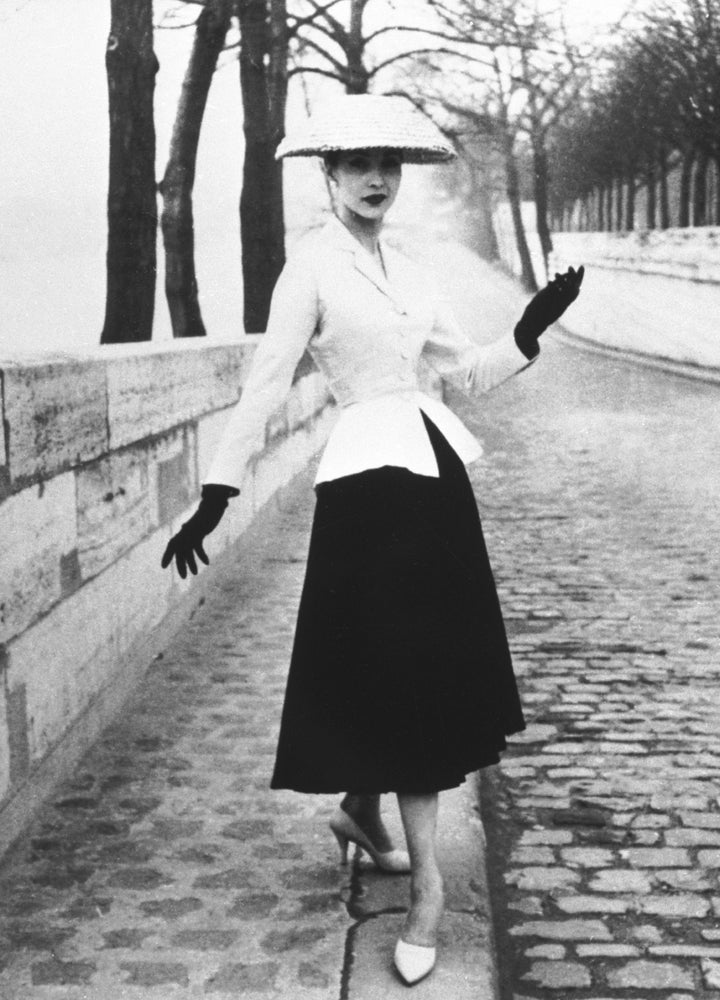
While the New Look was quite popular, not everyone hopped on board. Some people protested the trend, believing it represented a return back to restrictive dressing for women, Zachary said.
In the 1960s and ’70s, women’s pants finally seemed to stick.
Up until this time period, there were so many women who had defied norms by wearing pants. Pants had become “a symbol of freedom that women hadn’t had before,” Santandrea said, and they were finally becoming more acceptable for women to wear.
But it wasn’t until the ’60s that fashion really helped solidify pants for women, Zachary said.
“For the first time, in the 1960s you have rebellious youth wearing clothing that is influencing fashion,” she added. “You have a new generation of British designers such as Mary Quant, who is presenting both mini skirts and pants on the runway, and that rebellious new spirit influences high fashion.”
Designers like Courrèges and Yves Saint Laurent were incorporating suits, like the latter’s Le Smoking suit, into their collections around this time.
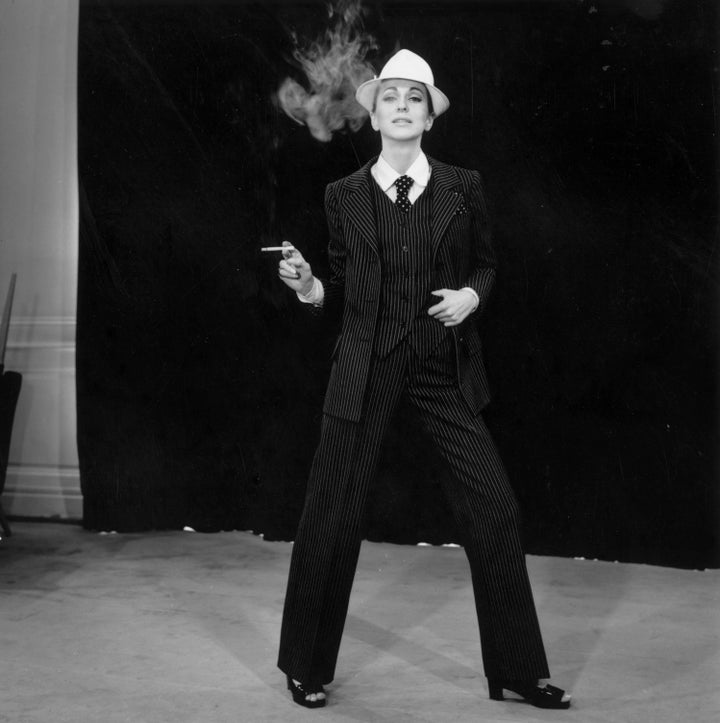
Fast forward to the 21st century ...
... and pants are wardrobe staples for both men and women, worn in private and public spaces. But with that being said, pants ― especially pantsuits ― remain deeply connected to masculinity.
As Zachary explained, “Despite women wearing pants for decades at this point, they still maintain this idea of power, of independence, control over your body. It can still be viewed as a very feminist statement, to this day.”
She brought up Lady Gaga’s decision to wear an oversized Marc Jacobs suit for the Elle’s annual Women in Hollywood celebration in 2018. Her decision to wear the suit was an act of self-empowerment, or as Zachary called it, “a feminist statement.”
“As a sexual assault survivor by someone in the entertainment industry, as a woman who is still not brave enough to say his name, as a woman who lives with chronic pain, as a woman who was conditioned at a very young age to listen to what men told me to do, I decided today I wanted to take the power back,” Gaga told the crowd as she accepted an award. “Today I wear the pants.”
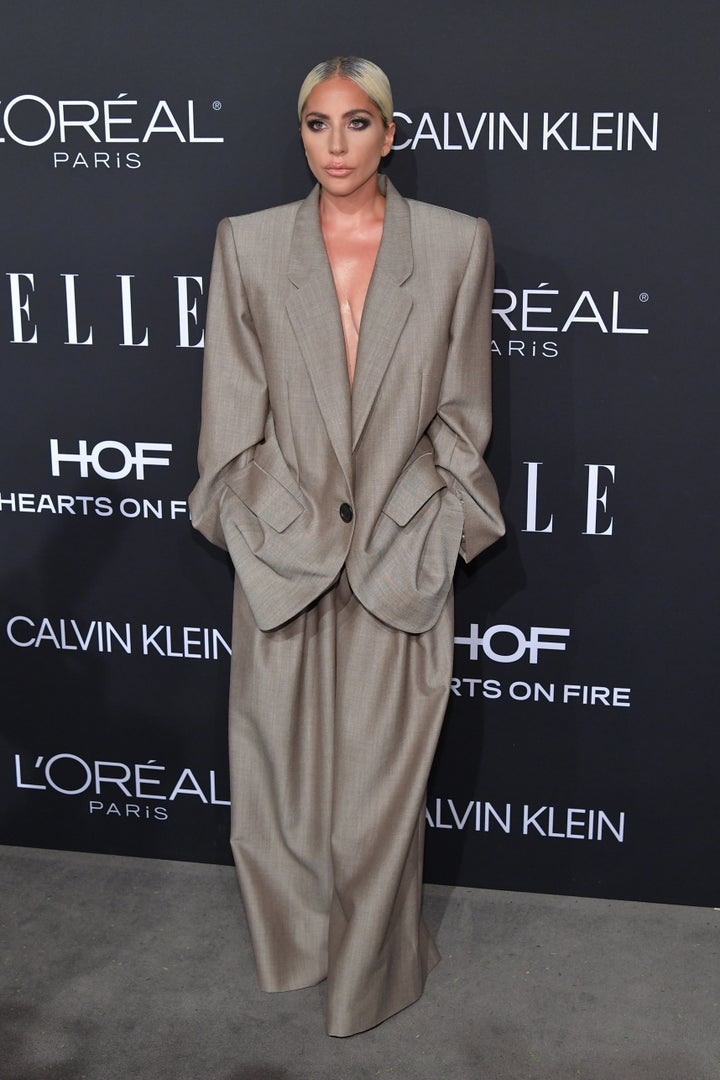
Pants and pantsuits seem increasingly popular among women in Hollywood, who wear them for major red carpets and film premieres. They’re also popular among female politicians, like Hillary Clinton, whose crisp suits were a major talking point during her presidential campaign in 2016. Suits also proved to be a major trend for women on the recent fall 2019 runways, showing up at every major show from Balmain to Givenchy to Thom Browne.
From the early bloomers to today’s modern suits, pants have provided women with a huge sense of freedom, Idacavage said. Practically, they allowed for increased mobility and functionality. Symbolically, “pants can be seen as the material manifestation of women’s desires to have different lives during times when they were greatly oppressed,” she added.
Pants alone can’t and didn’t give women greater lives, but their associations with masculine authority encouraged many women to make changes, Idacavage said.
She continued, “It’s important to remember just how important clothes are to how we view ourselves, which means that the power that some women have felt from wearing pants in certain cultural contexts should not be underestimated no matter how banal the act may seem today.”
